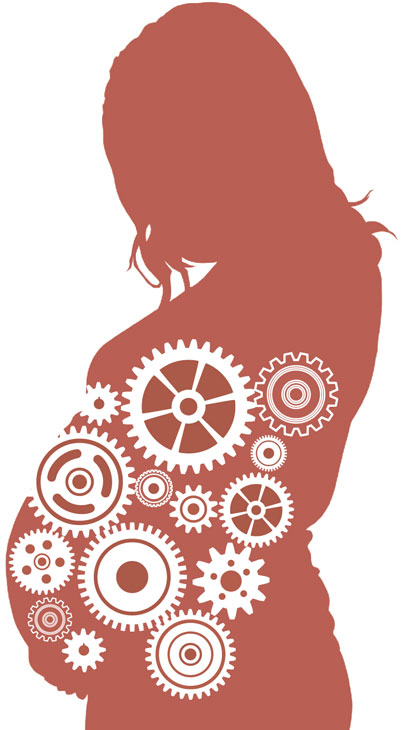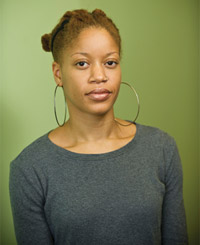Facts and Legal Fictions
“I call it a caricature of prenatal care,” says Associate Professor of Law Khiara M. Bridges of the 18 months she spent conducting fieldwork in the obstetrics clinic of a large public hospital in New York City. “Wealthier and middle class women can opt into a very medicalized pregnancy, and they can opt out of it too, by choosing doulas and midwives and things like that.”

But poor women, says Bridges, can’t opt out of what she calls “the most technological of prenatal care experiences.” The women at Alpha—Bridges’s pseudonym for the hospital that she analyzes in Reproducing Race: An Ethnography of Pregnancy as a Site of Racialization, published by the University of California Press this year—all of whom qualified for Medicaid, had an excessive number of appointments, which typically involved waiting for hours to speak to a nurse, even just to hear test results. They were also screened repeatedly for STDs, tuberculosis, and hepatitis, and received numerous offers of counseling to help cope with drug abuse or abusive partners—even when the women did not use drugs or have an abusive partner. Factor in appointments with social workers, nutritionists, health educators, and financial officers, and what results is “a program of excess that says a lot about how we imagine poverty and poor people within our society,” says Bridges, who also has an appointment in the Department of Anthropology.
“The prenatal care that I describe in my book looks great on paper,” Bridges says. “It’s beautiful in theory, in statute books. But in practice, it looks like a factory, where women are run through services in order to produce a ‘good mother’ at the end. And when you take the racial, ethnic, and class identities of these women into account, it starts to look even more ominous.”
The problem, Bridges explains, is that by assuming the worst of these expectant mothers, the system both drains hospital resources by offering in triplicate what privately insured women would receive only once, and perpetuates negative stereotypes about the values and morality of poor women, most of whom at Alpha were African American and Latina.
Though the patients themselves actually seemed to view the use of technology as a “mechanism of inclusion”—an indication that they are part of a society that excludes them from much else—their experience as a whole is a far cry from what jurists and others imagine pregnancy to be.

Khiara Bridges
“In Supreme Court jurisprudence, and in the U.S. more generally, pregnancy is imagined as this fulfilling, good thing, a moment where women can sort of realize themselves,” says Bridges. “But for poor women, it’s an occasion for the state to insert itself in their lives, to have a regulatory and often a punitive presence.”
This gap between what the law assumes to be true and what happens in real life has long fascinated Bridges. “I’ve always been interested in the inconsistencies within jurisprudence,” she says. “You’ll have one line of cases that imagines marriage or pregnancy one way, and a competing line of cases that takes a completely different tack. As an anthropologist, I’m interested in why that is, and in uncovering the subjects of the jurisprudence”—that is, the ages, races, and backgrounds of the people involved in specific cases—“which often reveal why we have these contradictions.”